Various types and sizes of garnet are available for abrasive cutting applications. When the right size and type is introduced into the high pressure waterjet stream, they balance the aggressiveness of the cut with the cut finish. However, when it comes to choosing the right garnet for your cutting system, or the right garnet for your application, it can be overwhelming.
There are multiple types of garnet on top of different grades and quality choices. What garnet you choose depends on your application; the thickness of the material you are cutting, its composition, the desired speed of the cut and the cut finish requirements all factor in. It is extremely important to get the right garnet, but how do you know what’s right? Let’s explore.
What is Garnet Abrasive?
Garnet is a naturally occurring crystallized aluminum or calcium silicate mineral captured in igneous and metamorphic rocks. The garnet, as it is mined and collected, is crushed to finer grains. Pieces which are larger than 60 mesh (250 micrometers) are normally used for sand blasting. The pieces between 60 mesh (250 micrometers) and 200 mesh (74 micrometers) are normally used for water jet cutting. The garnet abrasive crystals are typically rated between 7.0 and 7.5 on the Mohs scale for hardness. For reference, a diamond is a 10 on the Mohs scale and talcum powder is a 1 (for more information on the Mohs scale, check out this post https://geology.com/minerals/mohs-hardness-scale.shtml). While there are synthetic materials available, Garnet crystals are the most common abrasive used as they do not chemically react with the water stream or any materials being cut.
There are two main categories of garnet:
- Alluvial Garnet/River Garnet
- Alluvial Garnet, giving the appearance of a pinkish sand, is naturally crushed, formed over years as beaches and rivers break down the mineral. The largest source of abrasive garnet today is garnet-rich beach sand which is quite abundant on Indian and Australian coasts and the main producers today are Australia and India. Since the material has been naturally crushed and ground, the material is normally available in fine sizes only: 80 mesh with ranges from 56 mesh to 100 mesh size.
- Rock Garnet
- Rock garnet, possessing more of a dark brown to reddish tone, has the longest usage history and is produced in America, China and Western India. The crystals are mined and then crushed in mills and purified. Rock Garnet has the sharpest edges and provides for a more aggressive cut than other types of garnet.
Mesh Grades (Size) and What They Mean
The key attribute used to distinguish the different types of garnet is mesh grade. Mesh grade is essentially a size rating of the individual pieces of garnet. In water jet machine applications garnet sizes of 50 to 120 are most common. The higher the mesh grade, the finer (smaller) the garnet abrasive is and vice versa. For example, a 100 mesh rating is a finer and smaller garnet than a 70 mesh abrasive.
When selecting your grade, an 80 mesh is usually the starting point being it is the single most commonly used mesh grade. To increase cut speed on denser materials such as stainless steel, test the application with a more aggressive mesh between 40 and 60 mesh. To improve cut finish, test the application with a higher mesh rating between 100 and 120 mesh.
Since the volume of water required to move the garnet varies based on mesh size, review the nozzle and orifice combination to optimize water flow with your garnet type.
Other Attributes to Look for When Choosing Garnet
There are a few other factors you should consider when choosing the right garnet for your cutting application and we have outlined them here.
- Purity Rating
- Higher purity typically means added processing to sort out non-garnet products. While higher purity ratings cost more, they deliver superior cutting results.
- Particle Size Consistency
- Consistent particle size is important as oversized particles risk clogging the orifice and bringing your cutting system down. Double sifted garnets are higher quality garnets in the sense that all the garnet is more uniform in size for better consistency and accuracy during cuts.
- Abrasive Removal and Recycling
- When an abrasive removal system is used in the cutting application, spent garnet is captured. During the cut process, the garnet breaks down as they shatter and smooth. Garnet recycling is often down at a centralized location under the supervision of your garnet supplier and is increasingly a consideration in choosing your garnet type. If this is important to your operation and/or facility, make sure to inquire if your garnet is recyclable before purchasing.
In general, the payout in cut performance, cut quality and machine uptime supports the additional investment to purchase a quality abrasive product.
Talk to Your Water Jet Machine Manufacturer
Waterjet cutting is a confluence of many factors in addition to garnet, including the nozzle/orifice combination selected, pump pressure, abrasive delivery rates and cut speed. Talk to the manufacturer of your machine to assist in selecting the combination of components and garnet that optimizes the cutting in your shop.
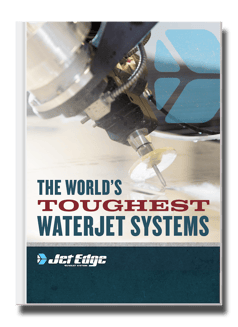
Check Out Our Digital Brochure!
Since 1984, Jet Edge has been designing and manufacturing Ultra-High-Pressure Water jet technology that doesn't back down. Our systems are used around the world in a broad range of industries from the world's leading airlines, to automotive, aerospace and industrial manufacturers, and machine job shops.
To learn more about the Jet Edge difference, our water jet motion systems, pumps and much more, click the button "Download Brochure" to get it now!

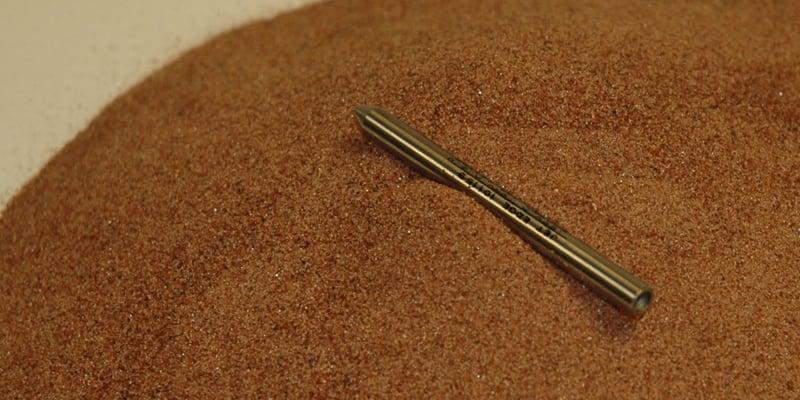

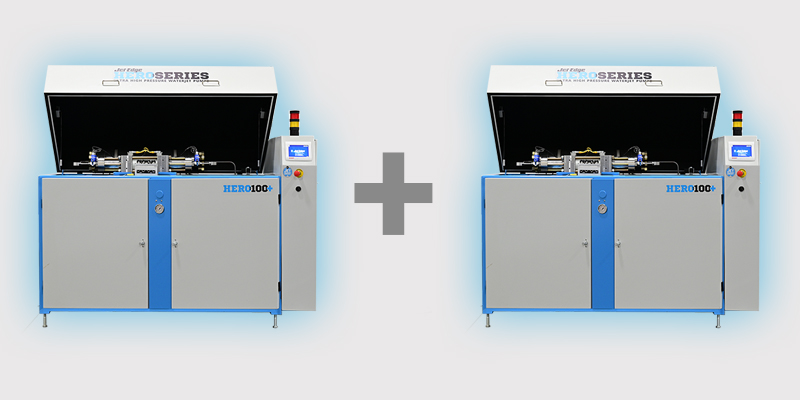

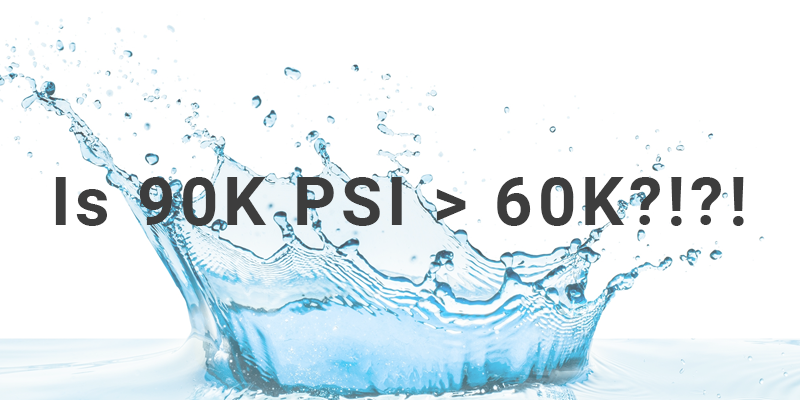
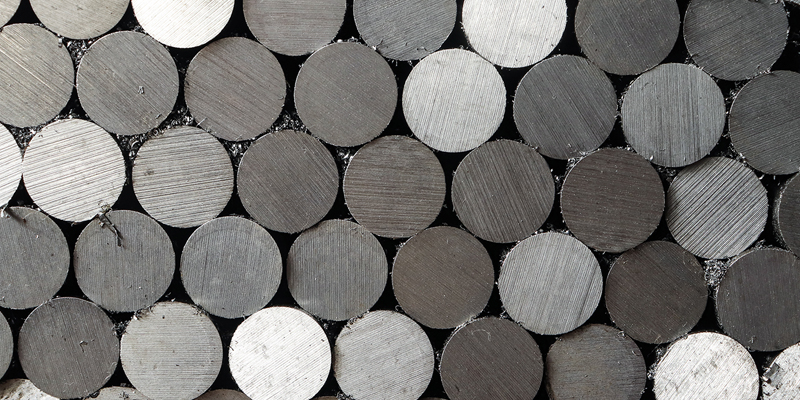
%20-%20Jet%20Edge%20Waterjets.png)



